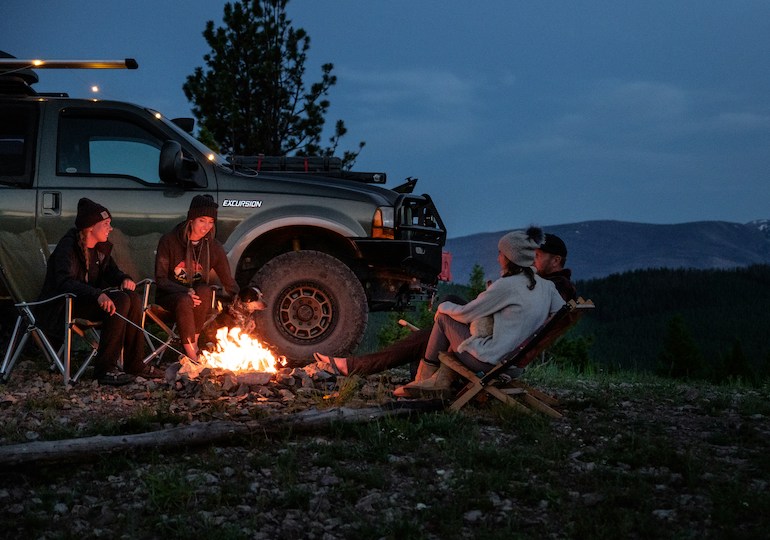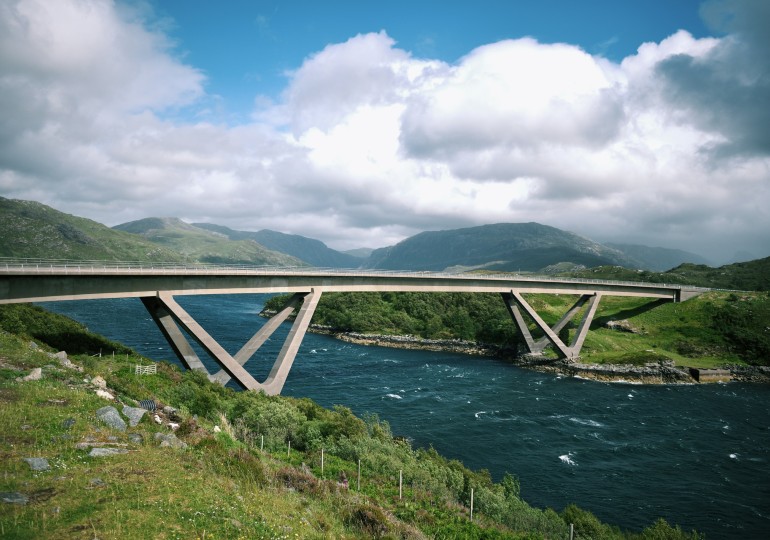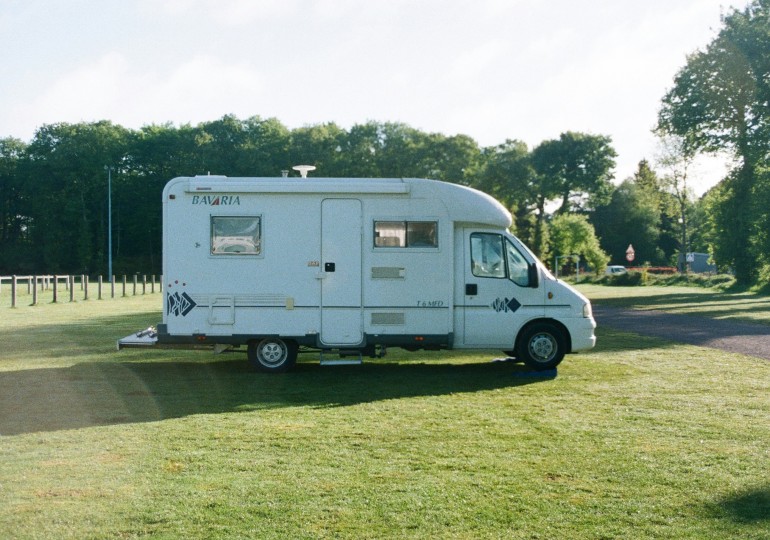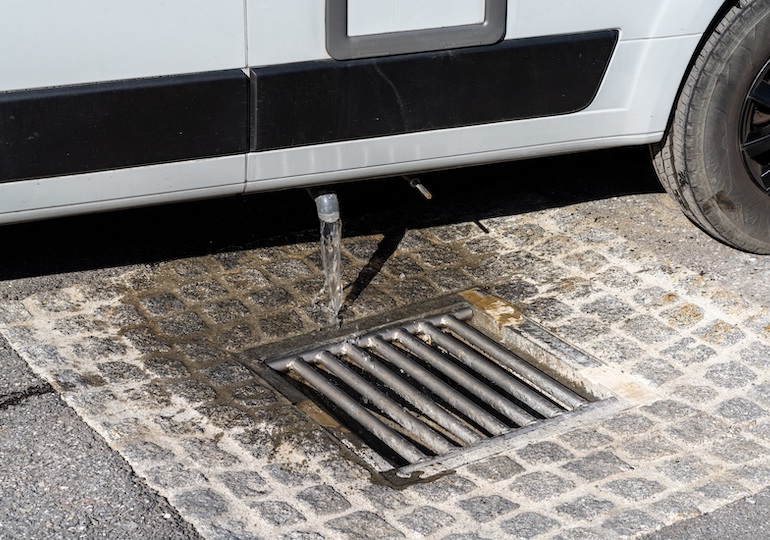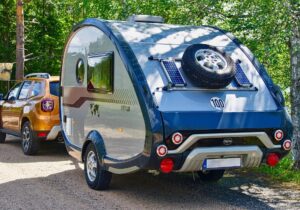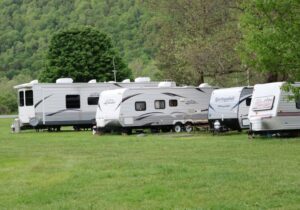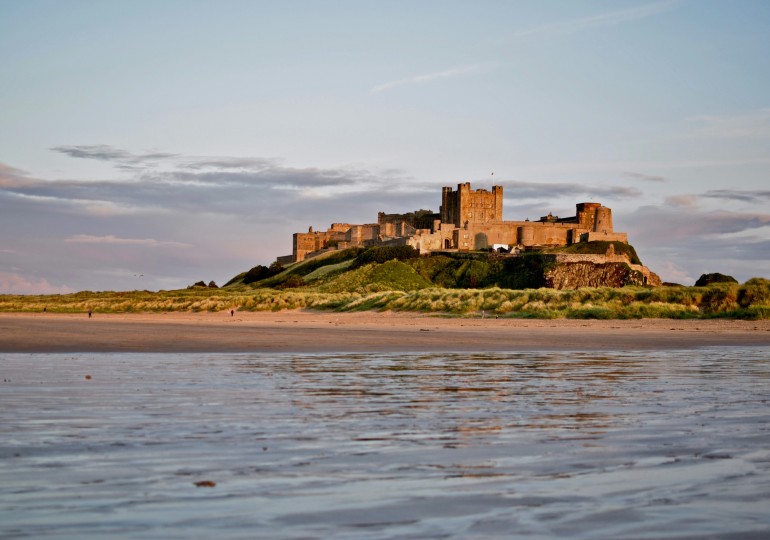Dan Cartwright has over 12 years of experience in the caravan and motorhome industry. He is a judge for a number of prestigious leisure vehicle awards and regularly heads off in his motorhome with his family. Every week, Dan shares his insights with the community. Here’s what he has to say this week.
Overlanders are nothing new, but back in the day they were Land Rovers with tentboxes on the top, often set against a backdrop of the African savannah. These off-road vehicles that you can camp in used to be quite rudimentary, but not any more.
Fundamentally, overlanders allow you to head off the beaten track and camp, with the ability to go to the most remote locations. Overlanders always used to be self-made vehicles with custom parts and specialist suppliers enabling the most intrepid to live out this dream. However, they’re now starting to trickle into the mainstream.
The emergence of fully-fitted overland vehicles
Now, niche manufacturers are starting to bring fully-fitted overland vehicles to market. When I was judging the Caravan and Motorhome Club’s Motorhome and Campervan Design Awards 2024 recently, there were four or five overlanders submitted this year.
Manufacturers such as Richard Price and Eura Mobil are releasing off-the-shelf overland models in a way that hasn’t been seen before. There’s no longer a need to source your own parts or assess capabilities, as these manufacturers have worked out what you need for your overland adventure and provided it all.
Such convenience comes at a price
While most of these overlanders are equipped with kit beyond all reasonable expectations, it’s worth mentioning that these vehicles are not cheap. Before you get excited about having a washing machine and air compressor in the garage, you need to know they come in at between £150,000 and £250,000.
There are two main strands to their capabilities, with the first being getting somewhere remote and the second, staying off grid. They all use a tried and tested 4×4 chassis, with the two most popular being the Mercedes-Benz Vito and the MAN. Combine this with the automatic gearbox and specialist overland satnav systems and you get true off-grid capability.
Once you’re in your remote location, the combination of solar panel lighting, lithium ion batteries, fast-charging inverters and alternator set-ups give you the ability to keep everything running. All the technology that allows you to monitor these elements on your smartphone or other apps will give you increased peace of mind.
Layout and storage
Storage is at a premium on the van conversions and it’s worth understanding that these vehicles are designed with a different purpose to many of the motorhomes and caravans on the market with more traditional leisure holidays in mind. The overlanders all cater to kit storage and have the unexpected in at the forefront of their functionality, with equipment like a full air compressor in the garage.
If you’re spending a lot of time driving and doing extreme activities, the bed is likely to be more of a priority than the lounge areas. That means these spaces, usually reserved for relaxing, can be compromised in overlanders, with just a chair or two to meet this purpose.
Fully customisable
All of the overlander options are fully customisable, so you can be sure you’re getting a vehicle built to your specifications. Some even have a lot of green features, such as composting toilets, if that’s something you’re interested in.
For the price of an average house in the UK, you can buy a vehicle that can take you on that African safari, far-flung Mongolian adventure or round-the-world trip. The market has certainly come a long way from a Land Rover with a tent on the top, a bucket as a toilet and 17 cans of diesel in case you get lost!
Photo credit: Unsplash/Chris Cordes

